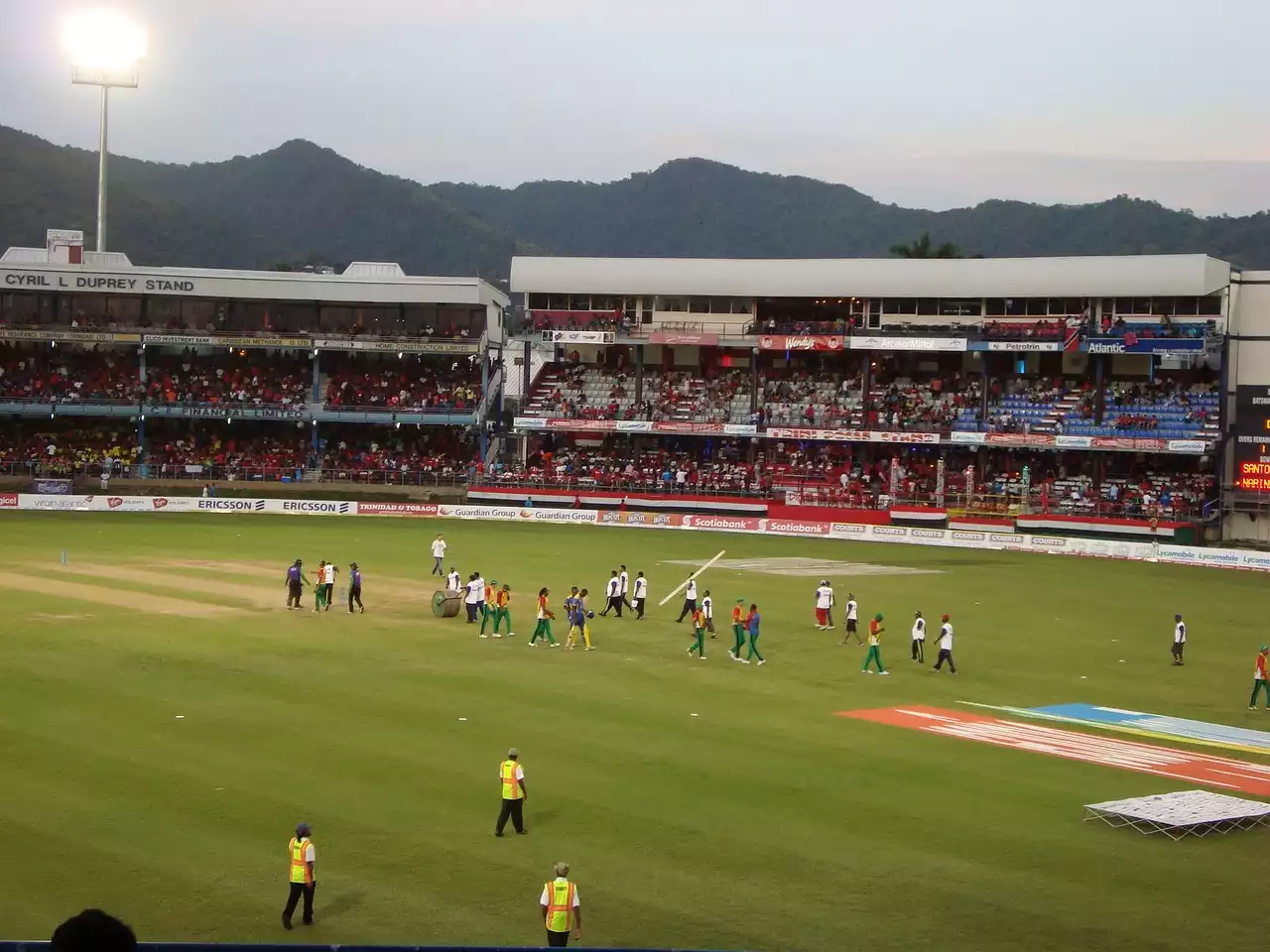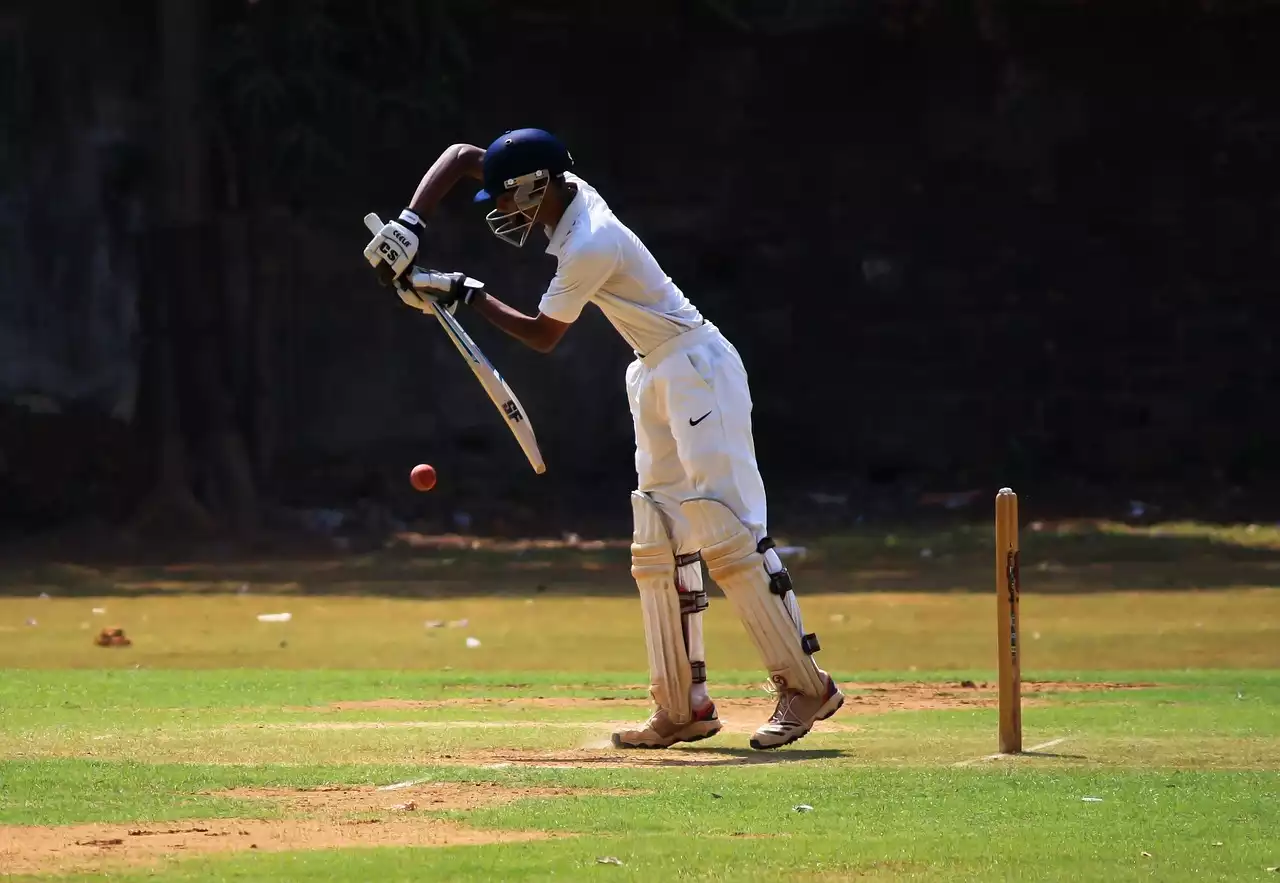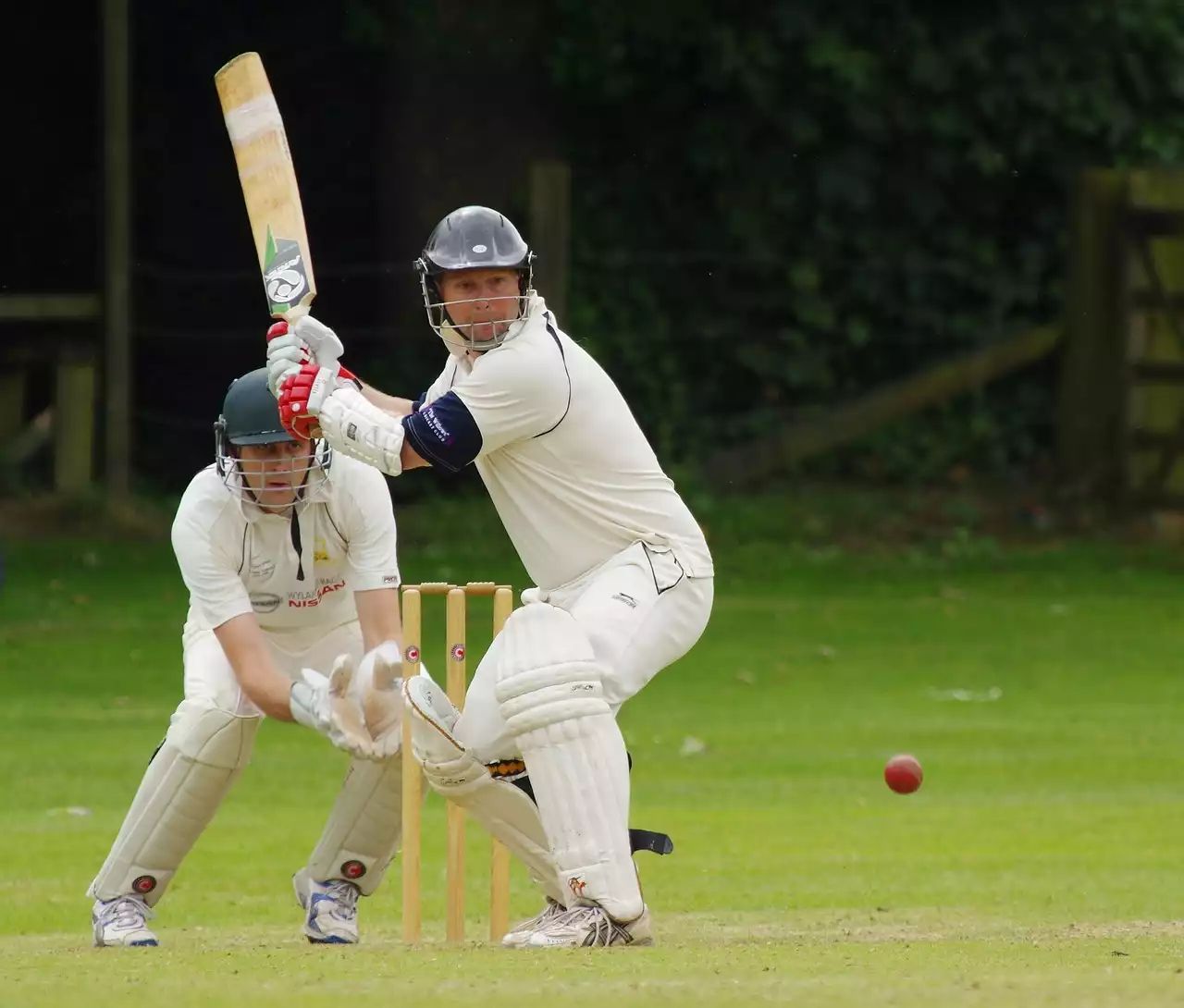What is One Day Internationals cricket?
One Day Internationals (ODIs) is a form of cricket that is played between two teams of 11 players. Each team bats for 50 overs and the game is concluded within a single day. The rules of ODI cricket have remained the same since the first ODI match, which was played between Australia and England in January 1971. ODI cricket is a form of limited-overs cricket, in which each team bats for a single inning of at most 50 overs, concluding with a declaration or when 10 wickets have fallen. The team that scores more runs wins the match unless both teams have the same score. If this occurs, the match is a tie and is awarded to the team that had fewer runs when the match began. A match that ends with this result is called a tie or an unfinished match.
Rules and regulations of One Day Internationals cricket
- Two opposing teams of 11 players each will play a single innings each, consisting of 50 overs. The team that scores more runs wins the match.
- The game can be divided into three phases – the first 10 overs, the middle 20 overs, and the last 30 overs.
- Each phase will have different strategies for batsmen and bowlers.
- There is no allowance for a team to declare a winner if the scores are level at the end of the 50 overs.
Benefits of One Day Internationals cricket
- A single match can be completed within a day and can provide a quick burst of entertainment for fans.
- A high-energy, fast-paced game that is played with a shortened format.
- Provides an opportunity for a range of players to showcase their skills and become famous.
- Can be played in a variety of conditions due to its short format.
Strategies for success in One Day Internationals cricket
- Field placements will change throughout the innings, depending on the current situation and what the batsmen are trying to do. There are two basic kinds of field placements. One is a defensive field, which is used when the batsmen are trying to score slowly and steadily. The other is an attacking field, which is used when the batsmen are trying to score as quickly as possible.
- Bowlers will change their approach and execution of delivery based on the situation as well. During the middle overs of the innings, bowlers will try to build pressure by maintaining a consistent line and length.
- The batsmen will have different strategies during the middle overs and the last 30 overs. During the middle overs, batsmen will try to score as quickly as possible to keep their opponents on their toes and to give their bowlers some wiggle room in the last 30 overs.
- The fastest 50-over ODI was played between New Zealand and West Indies. It was completed in 36.5 overs. The slowest was between Sri Lanka and England, taking 80 overs.
Popular tournaments for One Day Internationals cricket
- Cricket World Cup – One of the most popular and prestigious ODI tournaments, where the top countries compete for the title of world champion. The tournament is played every four years and was first hosted in 1975 in England.
- The Ashes – One of the oldest and most cherished rivalries in cricket, the Ashes is played between Australia and England. The tournament starts with a series of five test matches, and if the two teams are tied, a one-off ODI match is played to determine the winner.
- ICC Cricket World Cup – One of the most popular and widely watched ODI tournaments featuring all the top cricketing countries. The tournament is played every four years and was first hosted in 1975.
Overview of One Day Internationals cricket scoring system
The ODI cricket scoring system is a lot simpler than the test cricket scoring system. The match is split into two innings, with each team batting for a maximum of 50 overs. During this time, the aim is to score more runs than the opposing team and to take more wickets. This makes for a thrilling and unpredictable game, as anything can happen in the course of a match. ODI cricket has been played with a time limit since the World Cup began in 1975. The maximum number of overs for an innings has fluctuated between 40 and 50 overs since 1979. The scoring system for ODIs remained the same since the first ODI match, which was played between Australia and England in January 1971.
ODI cricket scoring system
- Each batting team gets several deliveries equal to the number of overs they have been given.
- Each delivery is worth one run, with no extras or byes.
- When the allotted number of overs has been bowled, the innings ends.
- The team that has scored the most runs wins, even if they have been bowled out.
- If both teams score the same number of runs, the match is a tie and is awarded to the team that had fewer runs when the match began.
Latest trends in One Day Internationals cricket
- The advent of T20 cricket has had a huge impact on ODI cricket. - New scoring system: The scoring system in ODI cricket has been simplified. Sixes are now worth 10 runs and all other dismissals are worth one run. This makes the game shorter and more exciting.
- New fielding restrictions: The new fielding restrictions allow two fielders to be inside the 30-yard circle at all times. This is to encourage aggressive fielding and create more excitement.
- More visible changes in bowling: Bowlers have been allowed to bowl longer spells, and they have also been encouraged to be more attacking.
- New batting restrictions: Batsmen have to face a minimum of 10 balls in an innings. This is to increase the rate of run-scoring and make the game shorter.
Impact of One Day Internationals cricket on the game
The advent of T20 cricket has had a huge impact on ODI cricket. New scoring system: The scoring system in ODI cricket has been simplified. Sixes are now worth 10 runs and all other dismissals are worth one run. This makes the game shorter and more exciting. New fielding restrictions: The new fielding restrictions allow two fielders to be inside the 30-yard circle at all times. This is to encourage aggressive fielding and create more excitement. More visible changes in bowling: Bowlers have been allowed to bowl longer spells, and they have also been encouraged to be more attacking.










